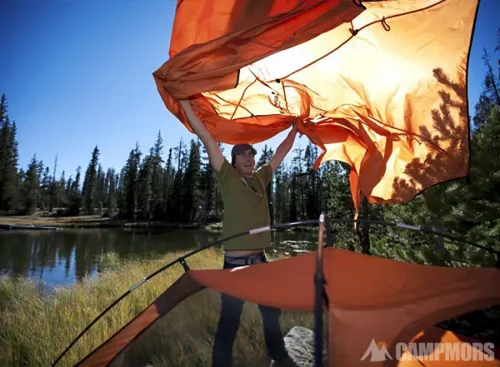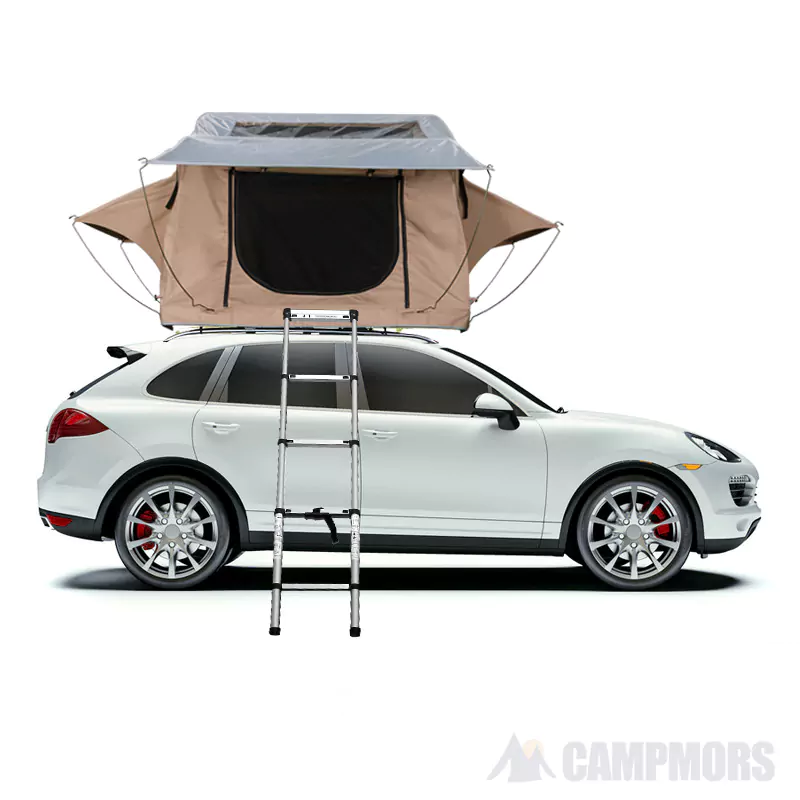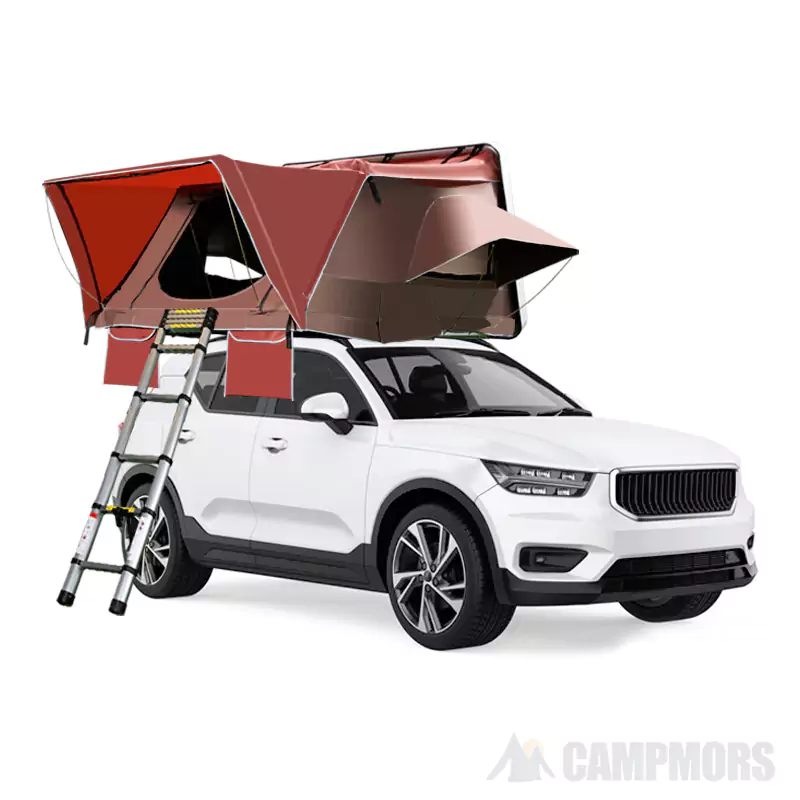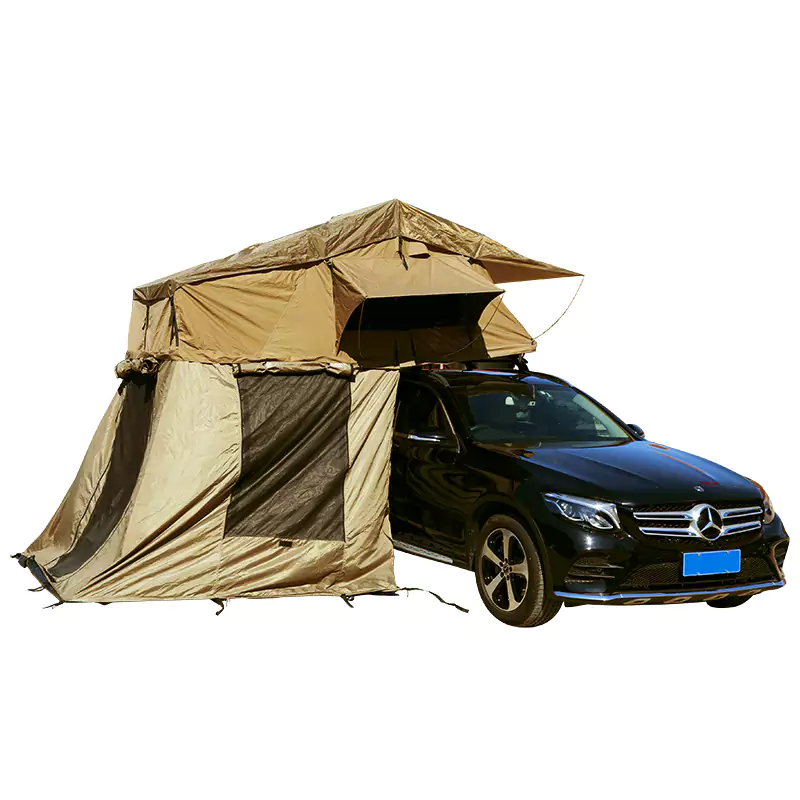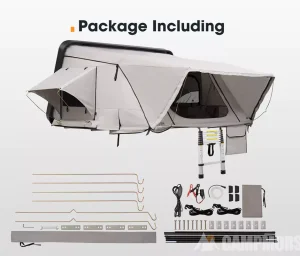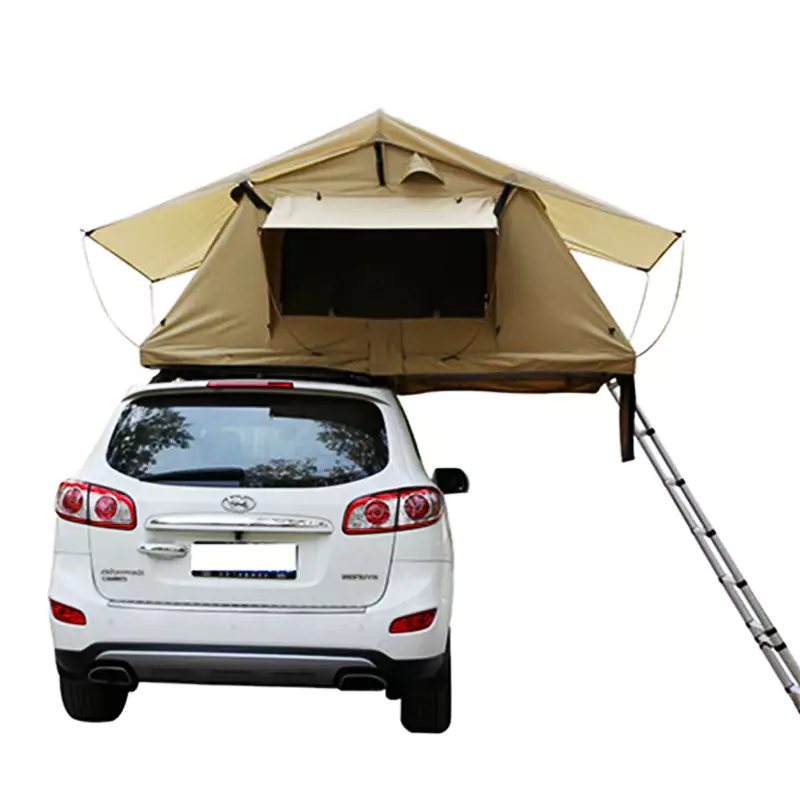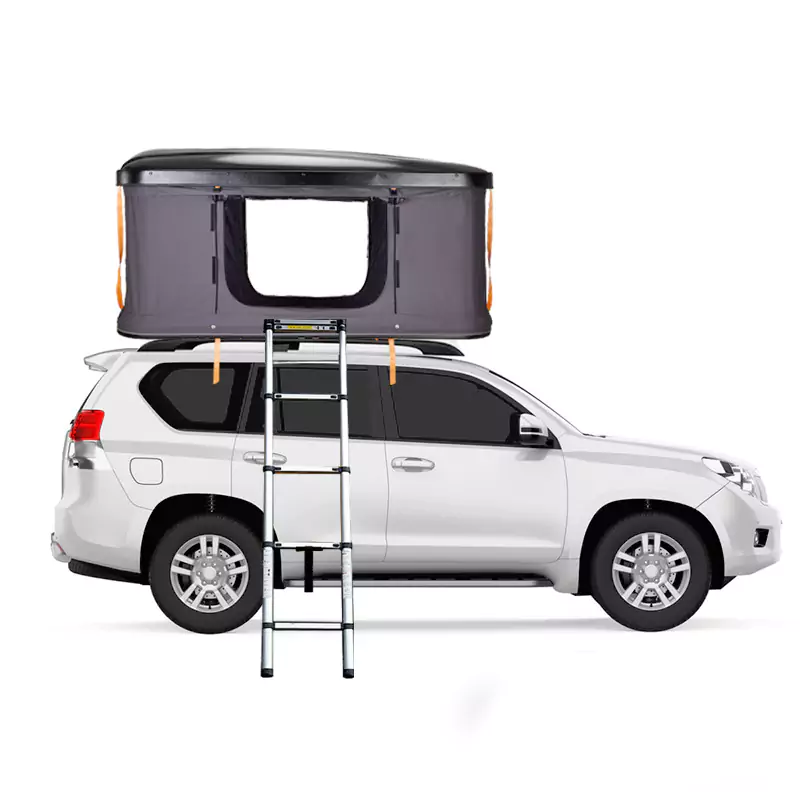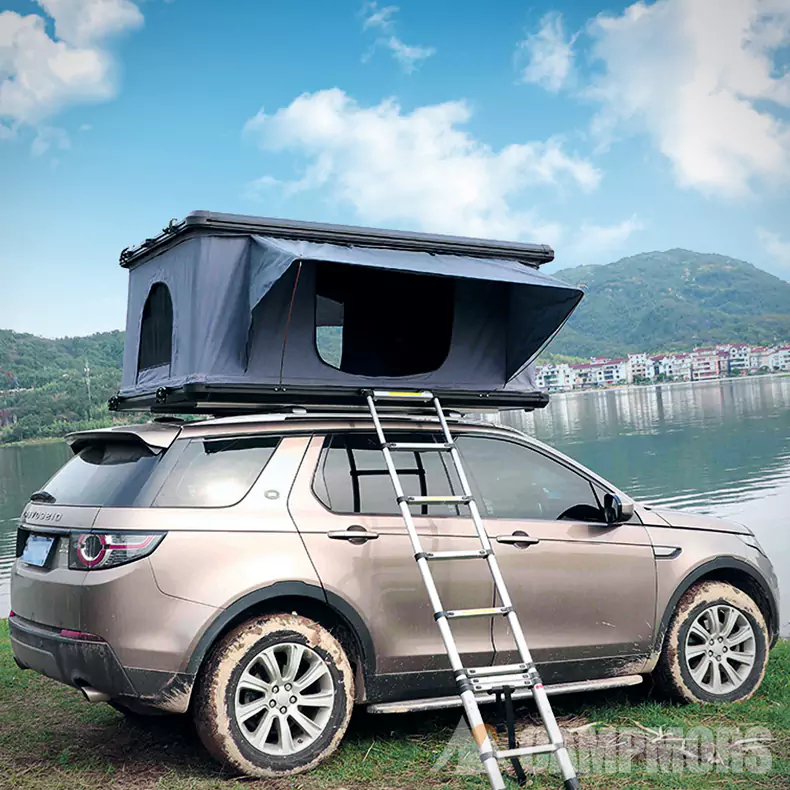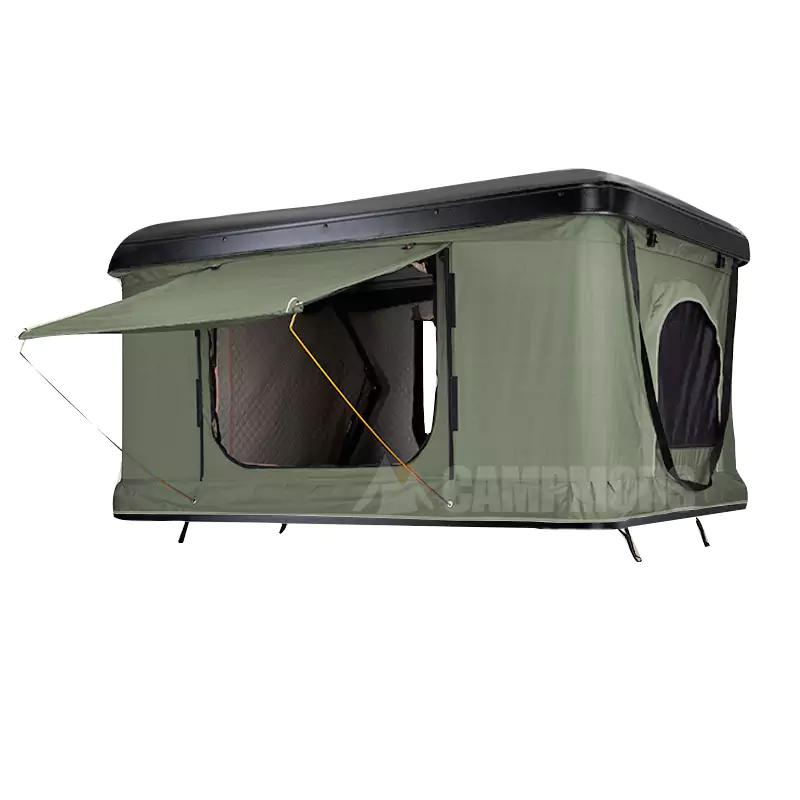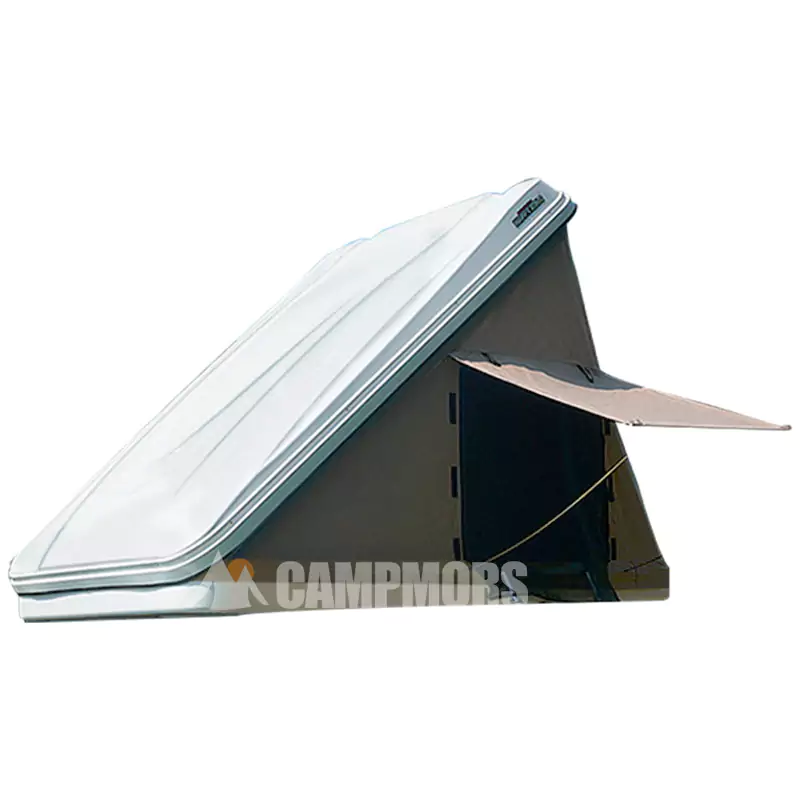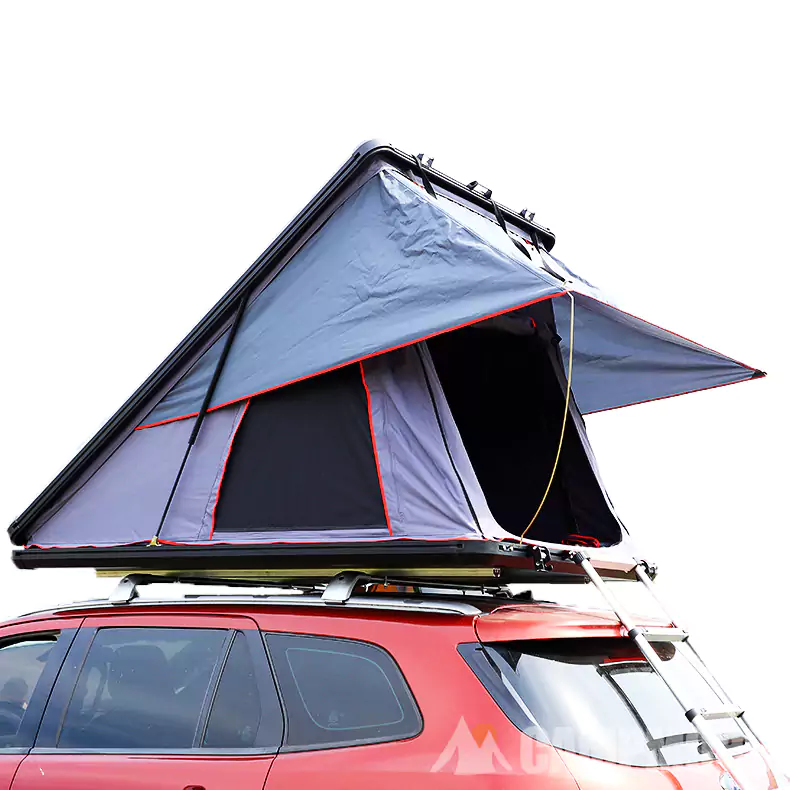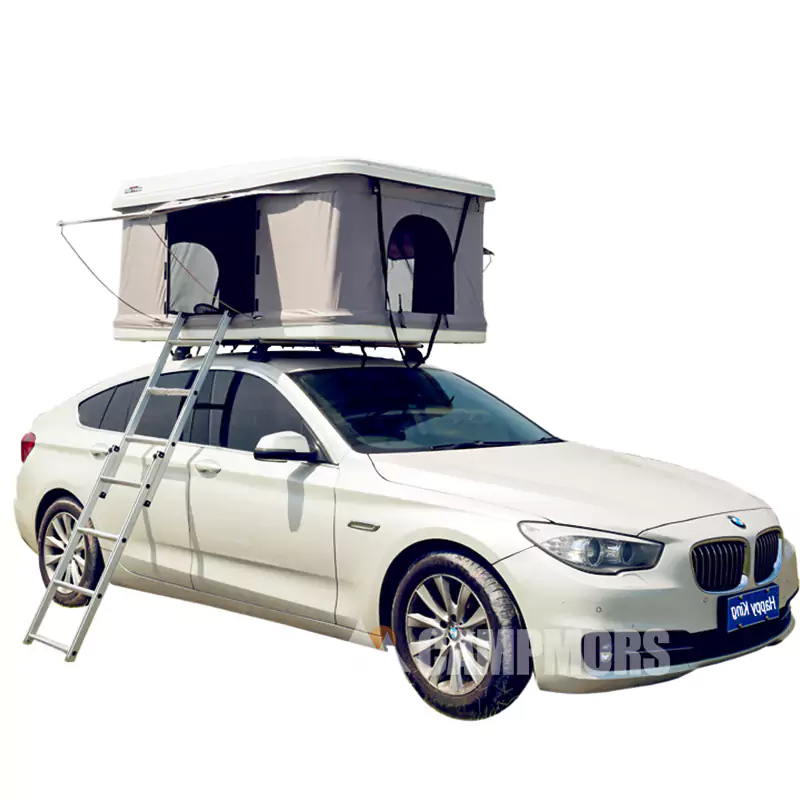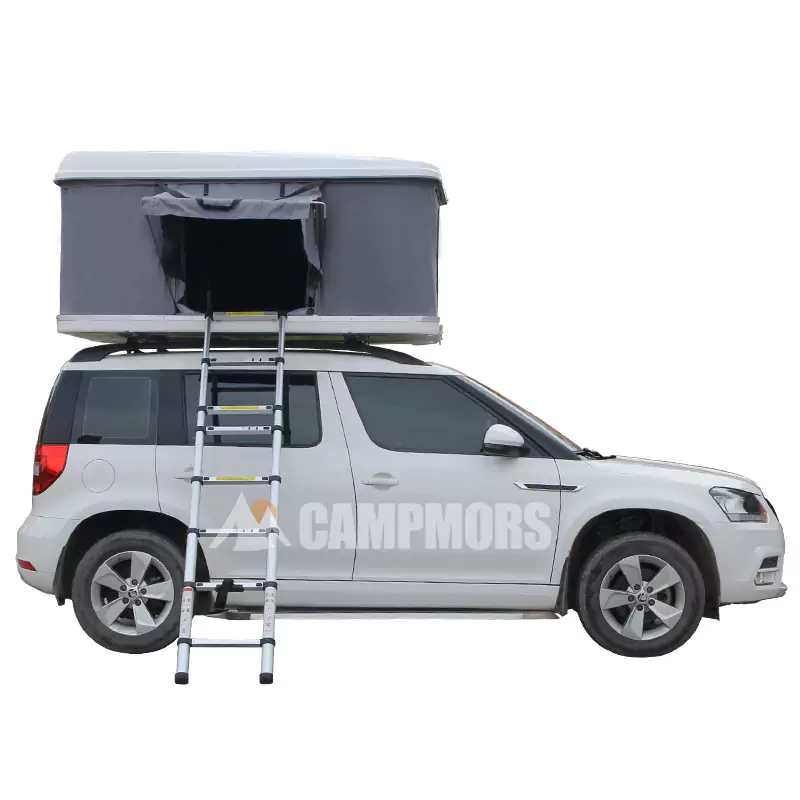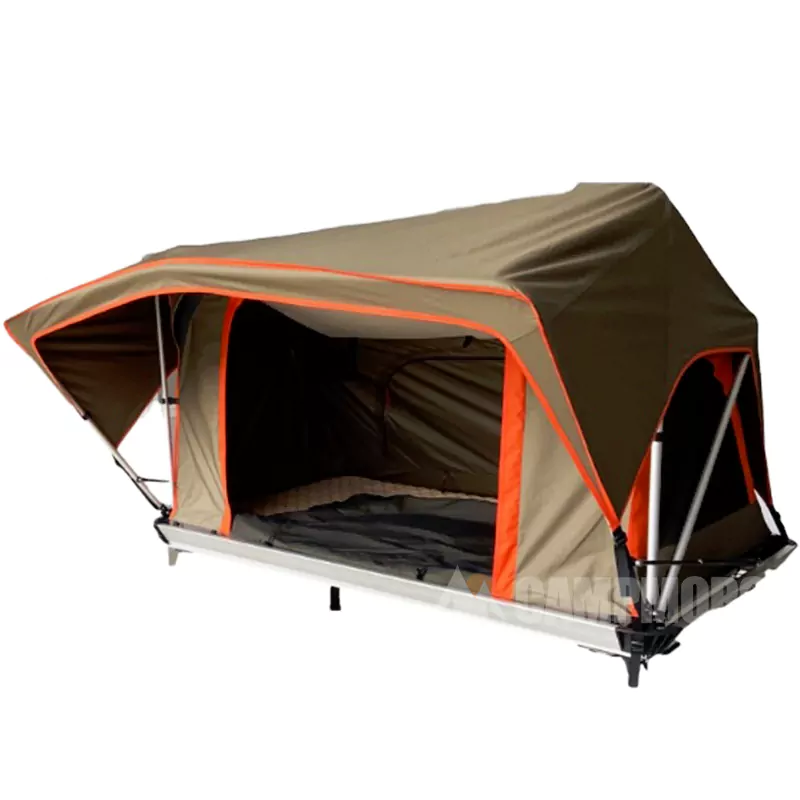Are roof top tents worth it? This is a question that many camping enthusiasts ask themselves. The answer depends on several factors, such as your camping style, the type of vehicle you own, and your budget. In this article, we’ll explore the pros and cons of rooftop tents and help you decide whether or not they’re worth the investment.
Firstly, let’s take a look at the benefits of roof top tents. One of the main advantages is that they’re easy to set up and take down. They’re also elevated from the ground, which can provide better views and protection from wildlife. Camper roof top tent are also great for people who like to camp on uneven terrain or in areas where the ground is rocky or wet.
Another advantage is that roof top tents can save space in your vehicle. If you’re traveling with a lot of gear, a rooftop tent can free up valuable space in your trunk or backseat. This can be especially beneficial if you’re traveling with a family or a large group.
However, there are some downsides to roof top tents that you should consider before making a purchase. One of the biggest disadvantages is that they’re not suitable for all vehicles. You need a car or truck with a roof rack to install a roof top tent, and some vehicles may not be able to support the added weight.
Another potential issue is that hard shell roof top tents can be more expensive than traditional tents. You’ll need to invest in a roof rack, and the tent itself can cost several hundred dollars or more. If you’re on a tight budget, a traditional tent may be a better option.
Whether or not you should purchase a camper rooftop tent all depends on what you’re looking for. If you want to camp in the deep woods or leave your tent set up while you drive your car around for excursions, there are better options available. They’re also not well-suited for vehicles that won’t support a roof rack.
However, if you’re a frequent camper who likes to travel light and explore new places, a roof top tent can be a great investment. They’re easy to set up and take down, provide great views, and can save space in your vehicle.
In summary, Camper roof top tents can be a great option for some campers, but they’re not for everyone. Consider your camping style, the type of vehicle you own, and your budget before making a decision. With a little research, you can determine whether or not a roof top tent is worth the investment for your next camping trip.

